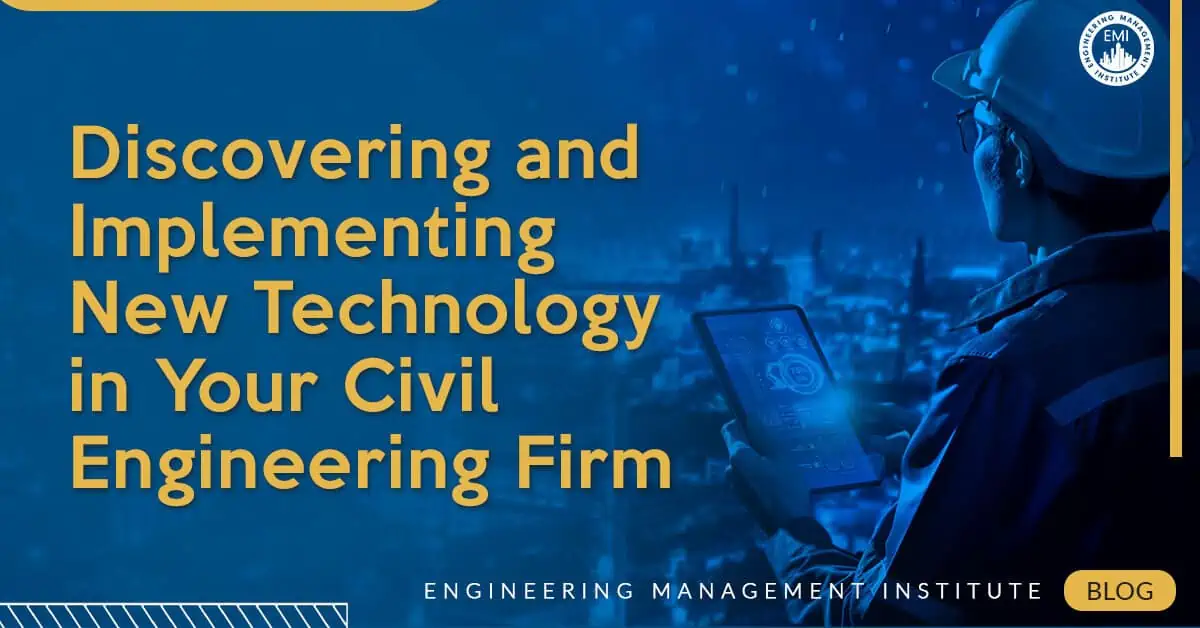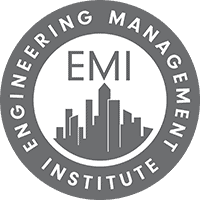This is a guest post by Nick Heim, PE

Today, I would like to talk about a few tips to discover and ultimately implement technology in your civil engineering firm.
Note: For more information and insights related to this blog post, please refer to Episode #1 of the AEC Engineering and Technology (AECTECH) Podcast.
1. Identifying Technology That Can Make a Difference
With the explosion of construction technology in recent years, there is a LOT of AEC tech available for our use.
One of the most challenging pieces is discerning what will be useful to you and your firm.
Some tips to identify technology that can make a difference:
- Use your network. See what others, even if not directly in your niche, are doing. See how you may be able to utilize a tangential concept or idea.
- Search engines: Google and Google alerts. Enter keywords of interest and review the results. Refine the keywords based on your findings.
2. Decide if the Technology Will Scale
Now that we have figured out that a technology has some benefit, we need to understand who will benefit from it.
If the technology benefits only a few people, the case for it may be harder to build, as it does not scale across the entire organization as easily.
If the technology can benefit an entire organization — and that it scales nicely — buy-in from decision-makers becomes much simpler.
This is where we as the VDC engineer, or “tech person,” need to start thinking beyond ourselves and like a decision-maker.
3. Understand How the Technology Will Benefit Your Firm
Although a piece of technology might seem cool or useful to us at the operations level, we need to understand how decisions are made at a higher level.
The individuals responsible for making the decision to purchase new technologies are interested in specifics.
Some that I have found include:
- What very specific problems is it solving for the firm?
- How simple is it to use for operations personnel?
- How does it fit into current workflows?
- What is the return on investment (ROI) — both quantitative and qualitative — of the technology?
4. Build the Business Case for the Technology
Now that we are thinking like a decision-maker, we need to build a business case to get the technology implemented.
Some of the tips from #3 might seem a little challenging to do on your own, particularly if this sort of thing is not your expertise.
Luckily, you have someone in your corner who is an expert — the software vendor.
It is unlikely that your business use case is the first they have built, and it is in their best interest to help you build yours.
Questions to ask your software vendor:
- Can we do a demo/pilot of the software to understand how it applies to our specific niche?
- Do you have examples of business cases from firms like ours?
- Can you help me build a quantitative and qualitative use case for my firm?
5. Make the Pitch to Your Company
This tip is wrapping everything that we talked about above into one ֫— making the pitch to your decision-makers.
At this point, you will be armed with most of the data that these individuals are looking for, along with a business use case very specific to your firm.
As you craft your presentation, here are some tips I have found helpful:
- Demo the technology in a way that supports the data that is on paper and is very easy for the decision-makers to understand.
- Do not go too deep into the details or technical portions of the software. Focus on the high-level impact.
- Remember that you are the expert. Act like it!
About The Author Nick Heim, PE

Please leave your comments, feedback or questions in the section below on discovering and implementing new technology in your civil engineering firm.
To your success,
Anthony Fasano, PE, LEED AP
Engineering Management Institute
Author of Engineer Your Own Success



